Home>Furniture & Design>Outdoor Furniture>How Do Outdoor Faucets Work
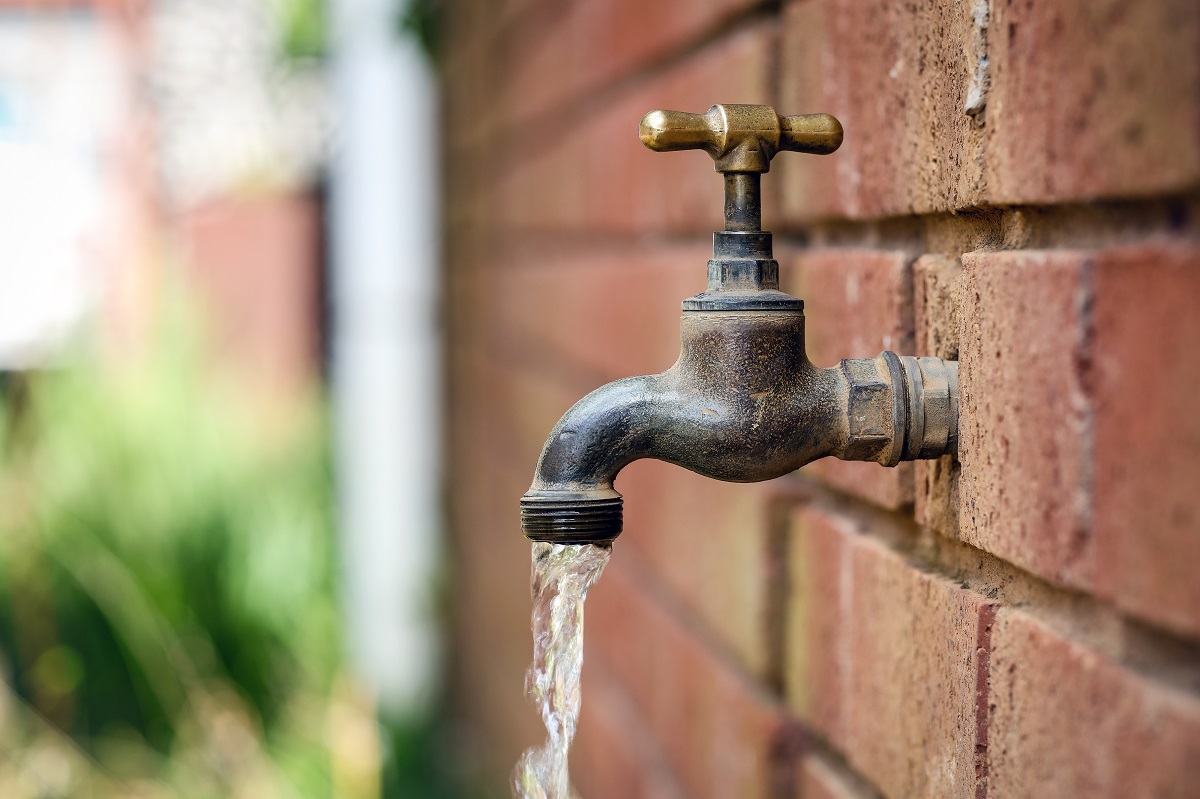

Outdoor Furniture
How Do Outdoor Faucets Work
Modified: October 19, 2024
Discover how outdoor faucets work and the importance of outdoor furniture, design, and maintenance. Learn how to keep your outdoor living space functional and stylish. Improve your outdoor experience today!
(Many of the links in this article redirect to a specific reviewed product. Your purchase of these products through affiliate links helps to generate commission for Storables.com, at no extra cost. Learn more)
Introduction
Welcome to the world of outdoor furniture and design, where every element plays a crucial role in creating a comfortable and inviting outdoor space. Among these elements, outdoor faucets are often overlooked but essential components. In this article, we will delve into the fascinating world of outdoor faucets, exploring their components, functionality, common issues, and maintenance tips.
Outdoor faucets, also known as hose bibs or spigots, are fixtures designed to provide water access to the exterior of a building. They serve as the primary water source for various outdoor activities, including watering plants, washing vehicles, and filling pools. Understanding the inner workings of outdoor faucets can not only enhance your appreciation for these humble yet indispensable fixtures but also empower you to make informed decisions regarding their maintenance and usage.
Join us as we unravel the mystery behind outdoor faucets, shedding light on their intricate mechanisms and the role they play in elevating the outdoor living experience. Whether you are a seasoned homeowner, a design enthusiast, or a curious mind eager to explore the nuances of outdoor fixtures, this article aims to provide valuable insights into the functionality and maintenance of outdoor faucets. So, let's embark on this enlightening journey into the realm of outdoor faucets and discover the magic that unfolds every time you turn the handle.
The next section will delve into the components of outdoor faucets, highlighting the various parts that work together to deliver water to your outdoor space. Let's explore the anatomy of outdoor faucets and gain a deeper understanding of their inner workings.
Key Takeaways:
- Outdoor faucets, often overlooked, are essential for watering plants and washing vehicles. Understanding their components and maintenance can ensure reliable water access for outdoor activities.
- Regular inspections, winterization, and timely repairs can prevent common issues like leaks and low water pressure, prolonging the functionality of outdoor faucets.
Read more: When Do Outdoor Faucets Freeze
Components of an Outdoor Faucet
Understanding the components of an outdoor faucet is essential for gaining insight into its functionality and potential points of failure. Let’s take a closer look at the key parts that make up this vital fixture:
- Handle: The handle, often a wheel or lever, is the part of the faucet that is turned to control the flow of water. It is connected to the valve inside the faucet and regulates the water supply.
- Valve Stem: This internal component is connected to the handle and controls the opening and closing of the water flow. It extends into the body of the faucet and is crucial for regulating water flow.
- Body: The body of the faucet houses the internal components and provides a mounting point for the fixture. It is typically made of durable materials such as brass or stainless steel to withstand outdoor conditions.
- Spout or Nozzle: The spout or nozzle is the outlet through which water flows from the faucet. It may feature threads for attaching a hose or other accessories.
- Connection Point: This is where the outdoor faucet connects to the water supply line inside the building. It is essential for ensuring a secure and leak-free connection.
- Gasket or O-Ring: These small but crucial components create a watertight seal between moving parts, such as the valve stem and body, preventing leaks and ensuring smooth operation.
- Anti-Siphon Device: Many modern outdoor faucets are equipped with an anti-siphon device, which prevents the backflow of water into the potable water supply, safeguarding against contamination.
These components work in harmony to deliver controlled access to water for various outdoor tasks. Understanding their roles is vital for troubleshooting issues and performing maintenance tasks. Now that we’ve explored the anatomy of outdoor faucets, let’s unravel the inner workings of these essential fixtures in the next section.
How Outdoor Faucets Work
Understanding the functionality of outdoor faucets involves unraveling the intricate process that occurs every time you turn the handle. Let’s explore the fascinating inner workings of these fixtures:
When the handle of the outdoor faucet is turned, it activates the valve stem, which opens the pathway for water flow. As water enters the body of the faucet from the connected water supply line, the valve stem controls the flow rate, allowing you to adjust the water output according to your needs. The water then travels through the faucet body and emerges from the spout or nozzle, ready to be utilized for various outdoor tasks.
One of the critical aspects of outdoor faucet functionality is the anti-siphon device, which is designed to prevent the backflow of water into the potable water supply. This crucial safety feature protects the water supply from potential contamination, especially when the faucet is connected to a hose or other external water sources.
Outdoor faucets are engineered to withstand outdoor conditions, including temperature fluctuations and exposure to the elements. The materials used in their construction, such as brass or stainless steel, are chosen for their durability and resistance to corrosion, ensuring long-term reliability.
Moreover, the watertight seals created by gaskets or O-rings play a vital role in preventing leaks and maintaining the integrity of the faucet’s internal components. These seals help preserve the functionality of the faucet, ensuring that it operates smoothly and efficiently over time.
Whether you’re watering your garden, washing your car, or filling a pet’s water bowl, the outdoor faucet serves as a dependable source of water for a wide range of outdoor activities. Its simple yet robust design enables it to deliver the essential resource of water with precision and reliability.
By comprehending the intricate process by which outdoor faucets function, you can gain a deeper appreciation for these unassuming yet indispensable fixtures. Now that we’ve explored the inner workings of outdoor faucets, let’s turn our attention to common issues that may arise and how to address them effectively.
Make sure to disconnect and drain your outdoor faucet before the winter to prevent freezing and damage. This will help extend the life of your faucet and prevent costly repairs.
Common Issues with Outdoor Faucets
While outdoor faucets are designed for durability and reliability, they are not immune to occasional issues that may arise over time. Understanding these common issues can empower you to address them promptly and maintain the optimal functionality of your outdoor faucet. Here are some prevalent issues to be mindful of:
- Leaking: One of the most common issues with outdoor faucets is leaking, which can occur around the spout, handle, or connection point. Leaks can waste water and lead to potential water damage, making it crucial to address them promptly.
- Low Water Pressure: If you notice a decrease in water pressure from your outdoor faucet, it may be due to mineral buildup or a blockage in the faucet’s internal components. Cleaning or replacing the affected parts can help restore optimal water pressure.
- Freezing: In colder climates, outdoor faucets are susceptible to freezing during the winter months. Frozen pipes can lead to cracks or damage, necessitating repairs to restore the faucet’s functionality.
- Worn Seals or Gaskets: Over time, the seals and gaskets within the outdoor faucet may degrade, leading to leaks and diminished performance. Replacing these worn components can help maintain the integrity of the faucet.
- Corrosion: Exposure to the elements can cause corrosion on the exterior and interior components of outdoor faucets, potentially affecting their functionality. Regular inspection and cleaning can help mitigate the impact of corrosion.
- Handle Malfunction: Issues with the faucet handle, such as difficulty in turning or a loose grip, can hinder the smooth operation of the faucet. Addressing handle malfunctions promptly can prevent further damage to the faucet.
By staying vigilant for these common issues, you can take proactive measures to maintain the optimal performance of your outdoor faucet. Regular inspection, timely repairs, and proactive maintenance can help mitigate these issues and prolong the lifespan of your outdoor faucet.
Now that we’ve explored common issues with outdoor faucets, let’s delve into essential tips for maintaining these fixtures and ensuring their long-term functionality.
Tips for Maintaining Outdoor Faucets
Maintaining outdoor faucets is essential for preserving their functionality and preventing common issues. By incorporating these practical tips into your maintenance routine, you can ensure that your outdoor faucets remain reliable and efficient for years to come:
- Seasonal Inspections: Conduct regular inspections of your outdoor faucets, especially before and after the winter season. Look for signs of leaks, corrosion, or damage, and address any issues promptly.
- Winterization: In regions where freezing temperatures are a concern, it’s crucial to winterize outdoor faucets to prevent frozen pipes and potential damage. Disconnect hoses, drain the faucet, and consider installing frost-free faucets for added protection.
- Cleaning and Lubrication: Periodically clean the exterior of the faucet to remove dirt, debris, and mineral buildup. Lubricate moving parts, such as the handle and valve stem, to ensure smooth operation.
- Replace Worn Components: Keep an eye on the condition of seals, gaskets, and washers within the faucet. Replace any worn or damaged components to prevent leaks and maintain watertight seals.
- Check for Leaks: Regularly inspect the faucet for any signs of leaks, including drips or moisture around the spout or handle. Addressing leaks promptly can prevent water wastage and potential damage to the surrounding area.
- Protective Covering: Consider installing insulated faucet covers to provide an extra layer of protection during the winter months. These covers can help prevent freezing and mitigate the risk of damage due to cold temperatures.
- Proper Use of Accessories: When attaching hoses or other accessories to the outdoor faucet, ensure that the connections are secure and free from leaks. Proper usage can help maintain the integrity of the faucet and prevent wear and tear.
By incorporating these maintenance tips into your routine, you can safeguard your outdoor faucets against common issues and prolong their lifespan. Regular care and attention to the condition of your outdoor faucets can contribute to a seamless outdoor living experience, ensuring that you have reliable access to water for all your outdoor activities.
Now that we’ve covered essential maintenance tips, let’s conclude our exploration of outdoor faucets and the vital role they play in outdoor living spaces.
Read more: How Do Ring Outdoor Cameras Work
Conclusion
As we conclude our exploration of outdoor faucets, we have gained valuable insights into the components, functionality, common issues, and maintenance tips associated with these essential fixtures. Outdoor faucets, often overlooked in the realm of outdoor furniture and design, play a pivotal role in providing convenient access to water for a myriad of outdoor activities.
From the handle and valve stem to the spout and connection point, every component of an outdoor faucet contributes to its seamless operation, delivering water with precision and reliability. Understanding the inner workings of outdoor faucets empowers homeowners and outdoor enthusiasts to appreciate the vital role these fixtures play in enhancing the outdoor living experience.
However, like any essential component of a home, outdoor faucets are susceptible to common issues such as leaks, low water pressure, freezing, and corrosion. By staying vigilant and implementing proactive maintenance measures, individuals can mitigate these issues and ensure the optimal performance of their outdoor faucets.
Through seasonal inspections, winterization, regular cleaning, and the timely replacement of worn components, outdoor faucets can be safeguarded against potential issues, prolonging their functionality and contributing to a seamless outdoor living environment.
As we embrace the beauty and functionality of outdoor furniture and design, let us not overlook the significance of outdoor faucets in facilitating various outdoor tasks, from watering plants to washing vehicles. By understanding their components, functionality, and maintenance needs, we can ensure that outdoor faucets continue to serve as dependable water sources, enriching our outdoor experiences.
So, the next time you turn the handle of your outdoor faucet to water your garden or fill a watering can, take a moment to appreciate the intricate process that unfolds behind the scenes, delivering the precious resource of water to enrich your outdoor lifestyle.
With a deeper understanding of outdoor faucets and their inner workings, we can embrace the harmony between functionality and design, ensuring that every aspect of our outdoor spaces contributes to a vibrant and inviting environment.
Thank you for joining us on this enlightening journey into the world of outdoor faucets. May your outdoor living experiences be enriched by the seamless functionality and enduring reliability of these essential fixtures.
Frequently Asked Questions about How Do Outdoor Faucets Work
Was this page helpful?
At Storables.com, we guarantee accurate and reliable information. Our content, validated by Expert Board Contributors, is crafted following stringent Editorial Policies. We're committed to providing you with well-researched, expert-backed insights for all your informational needs.
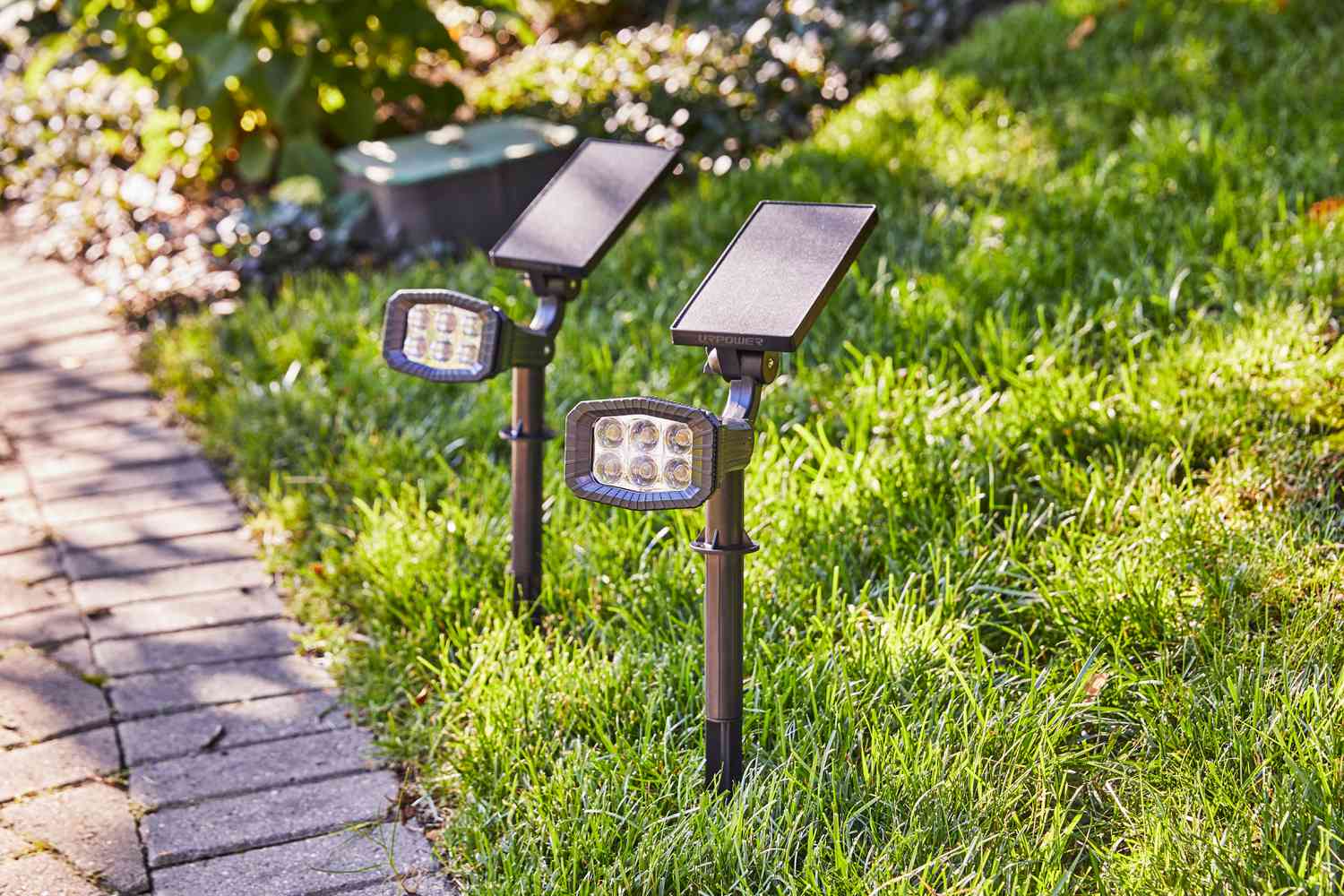

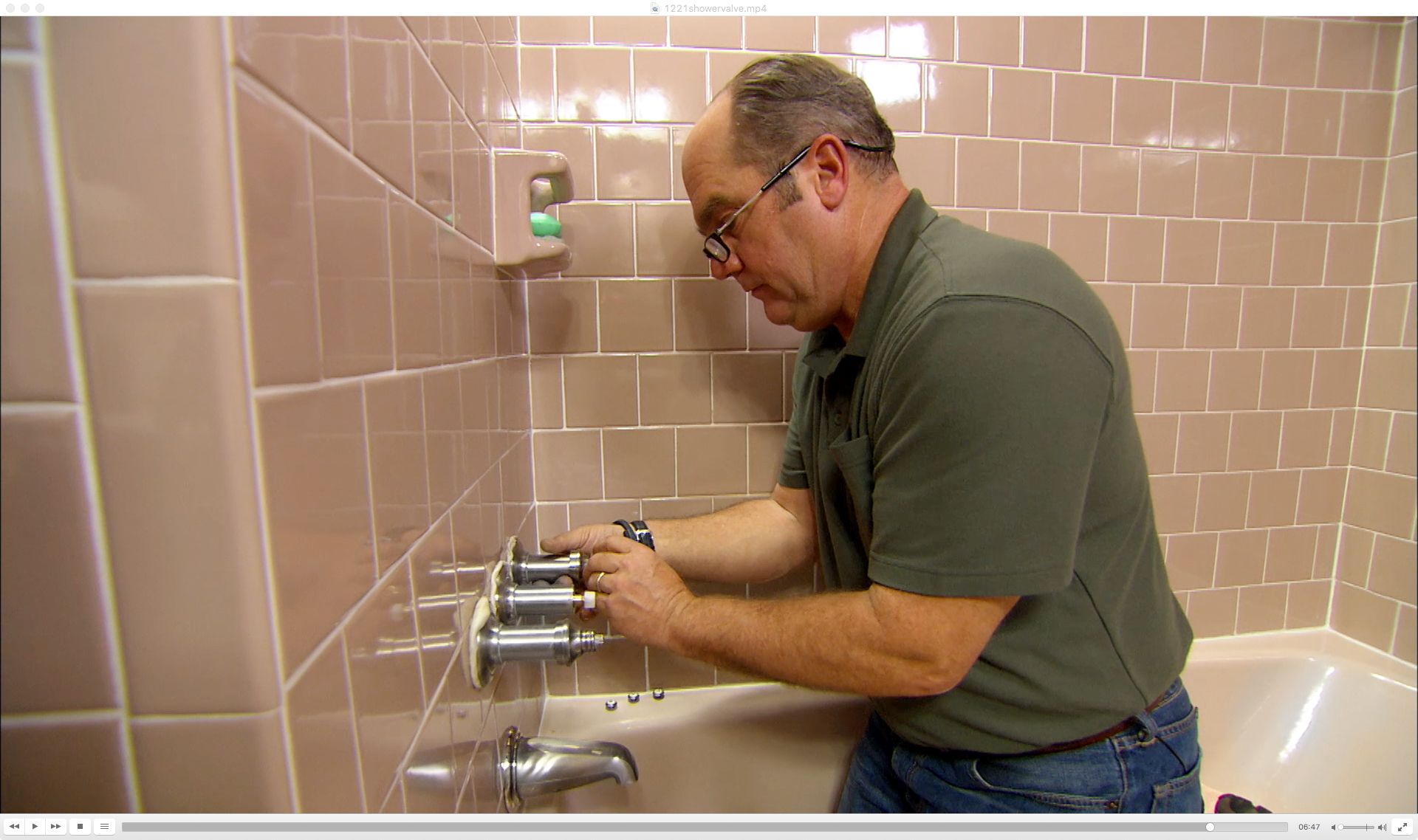
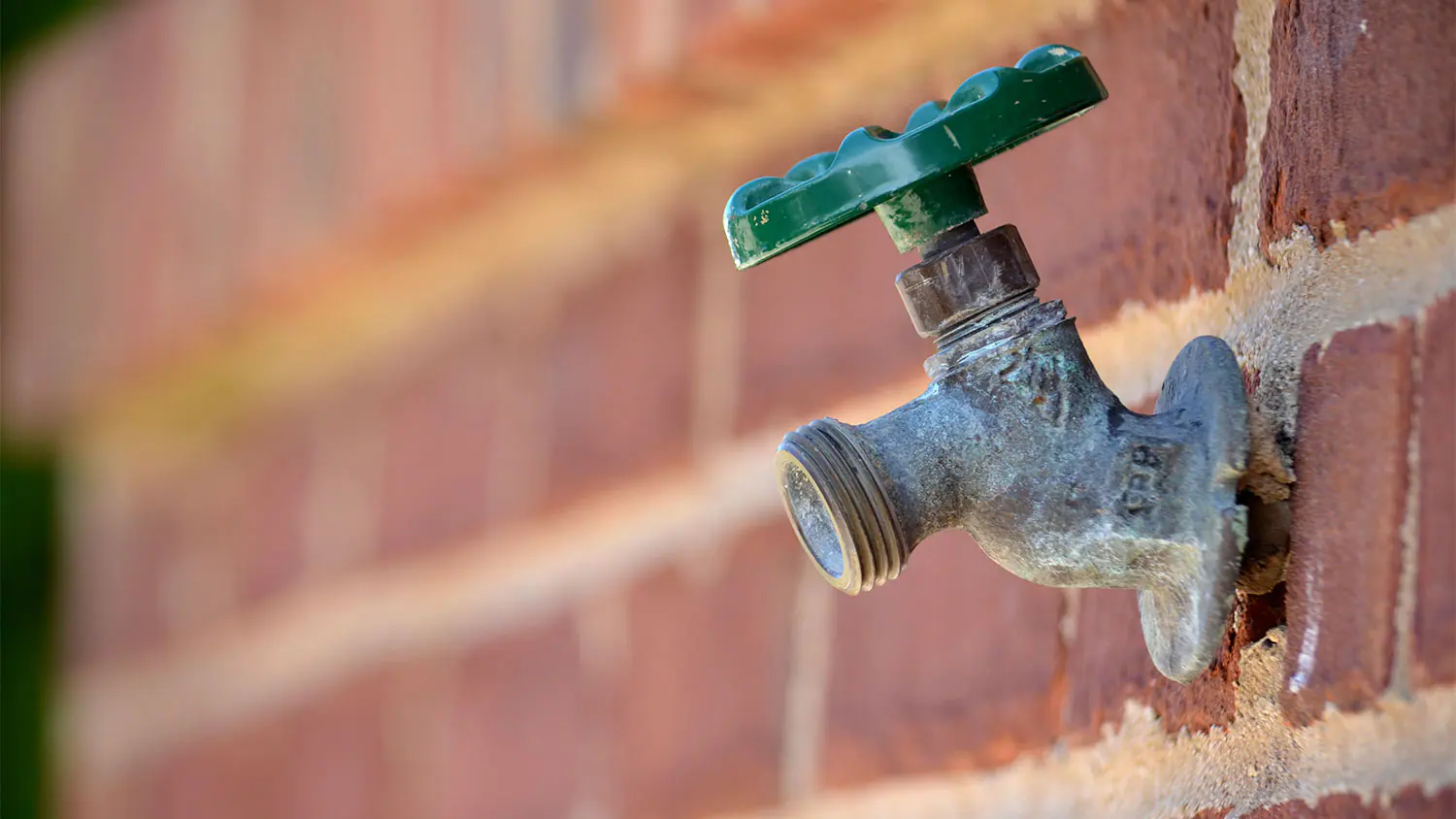
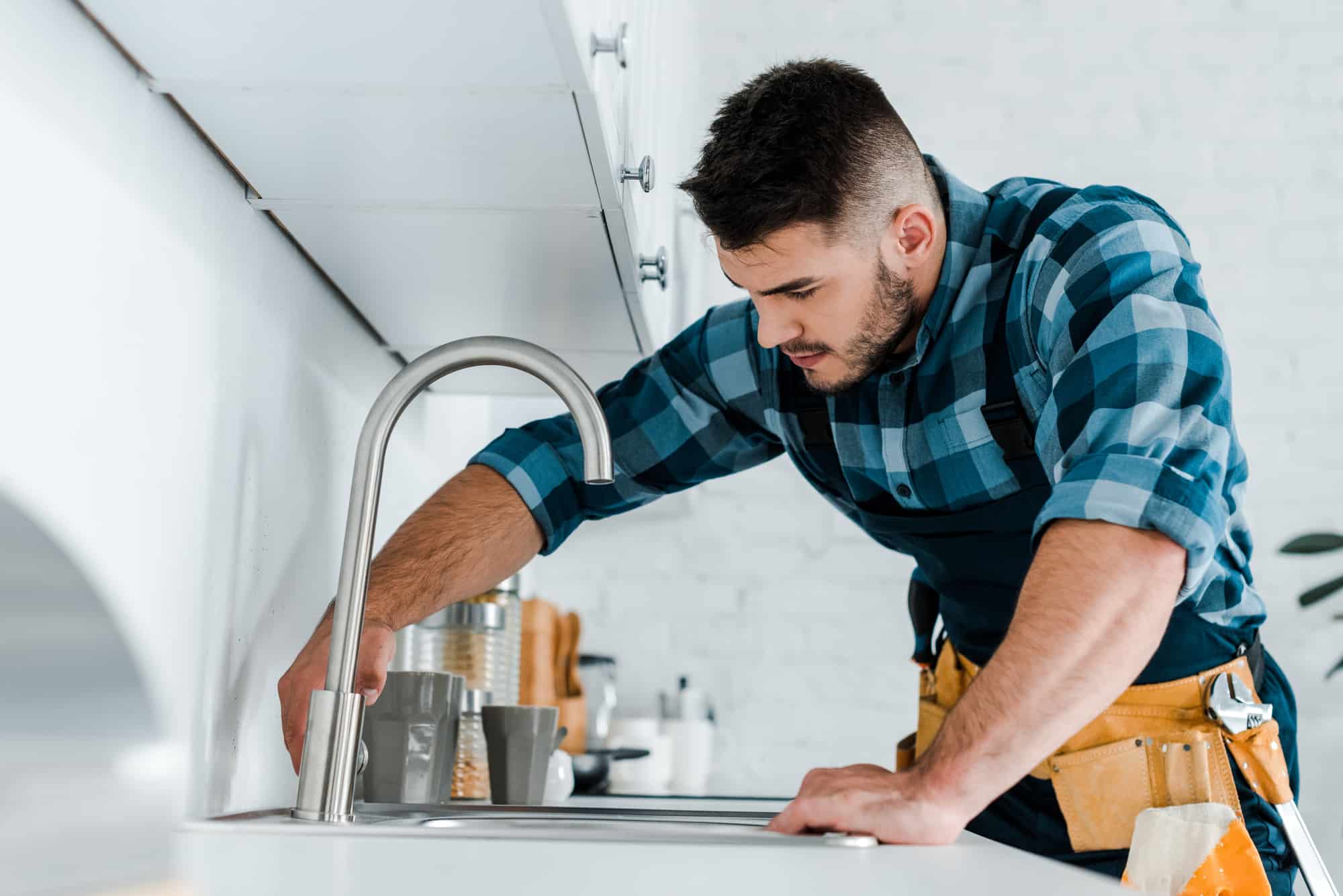
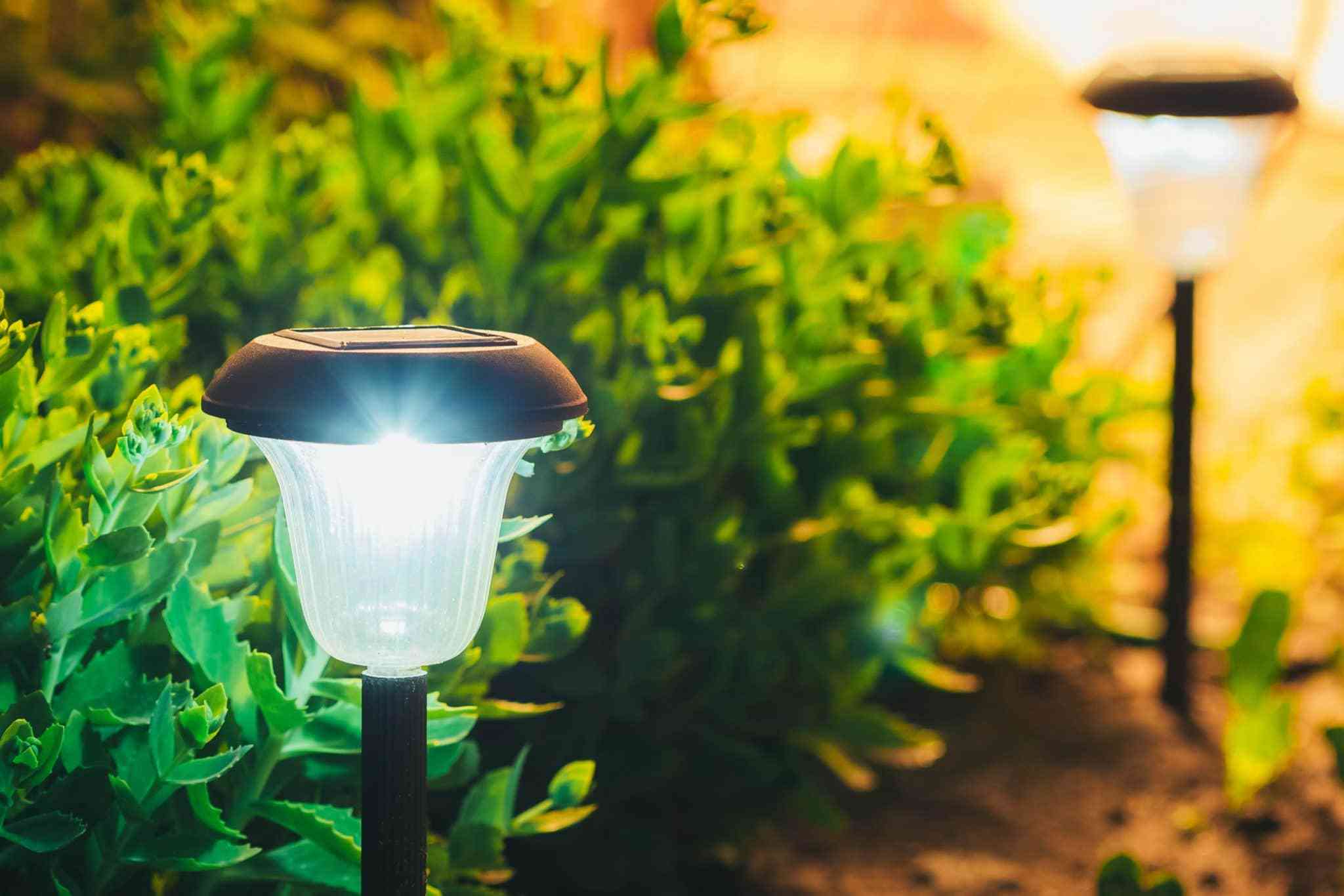

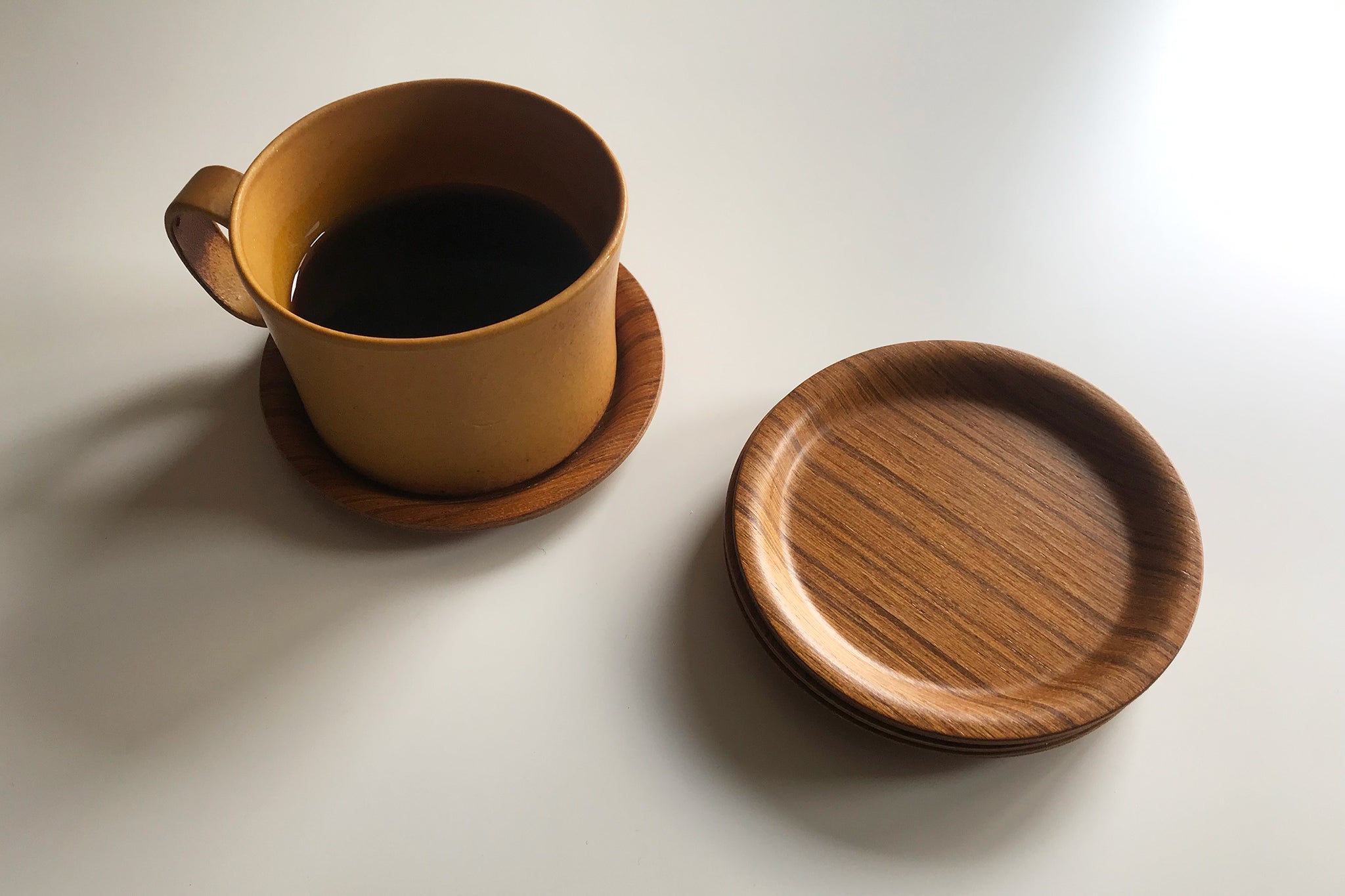
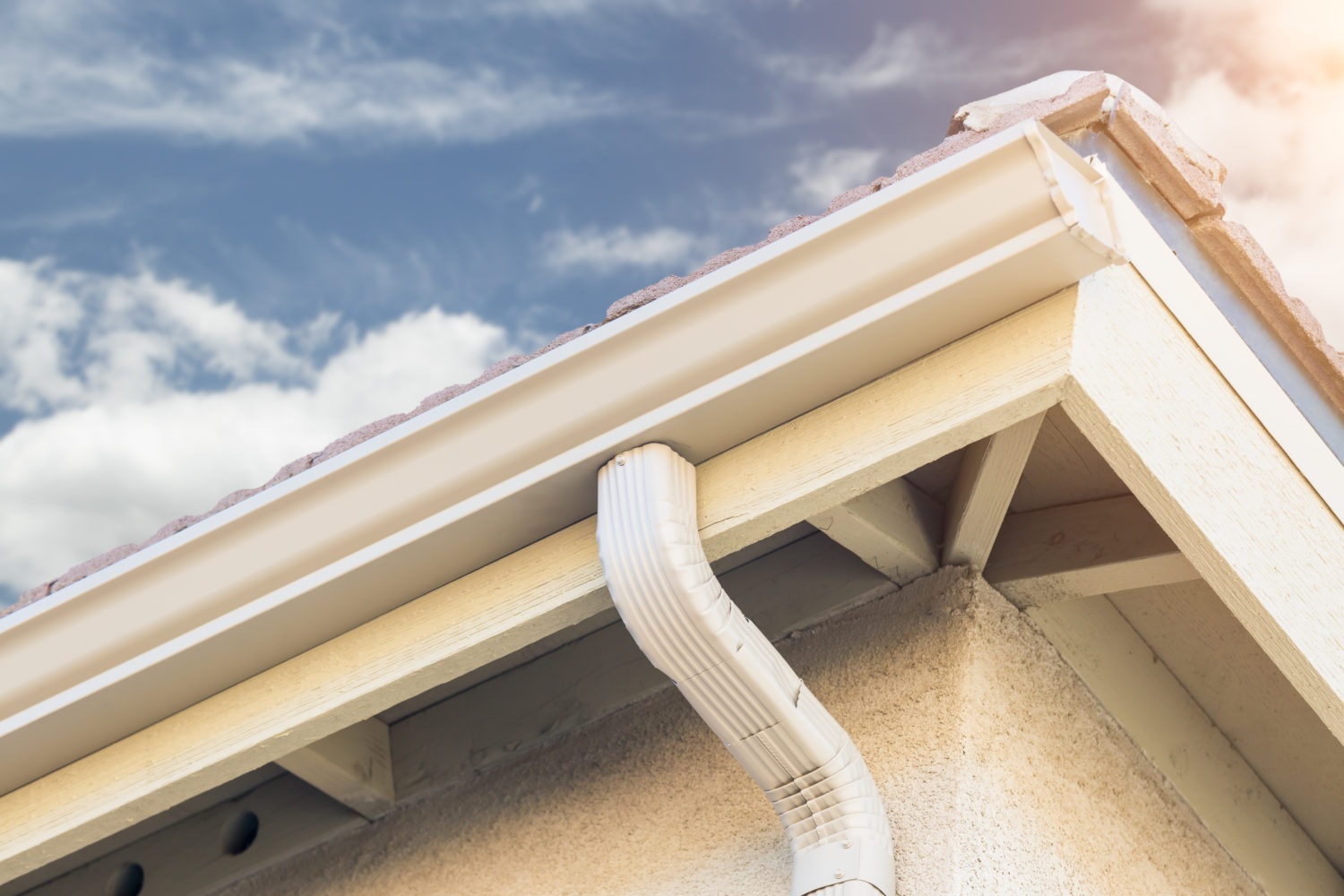
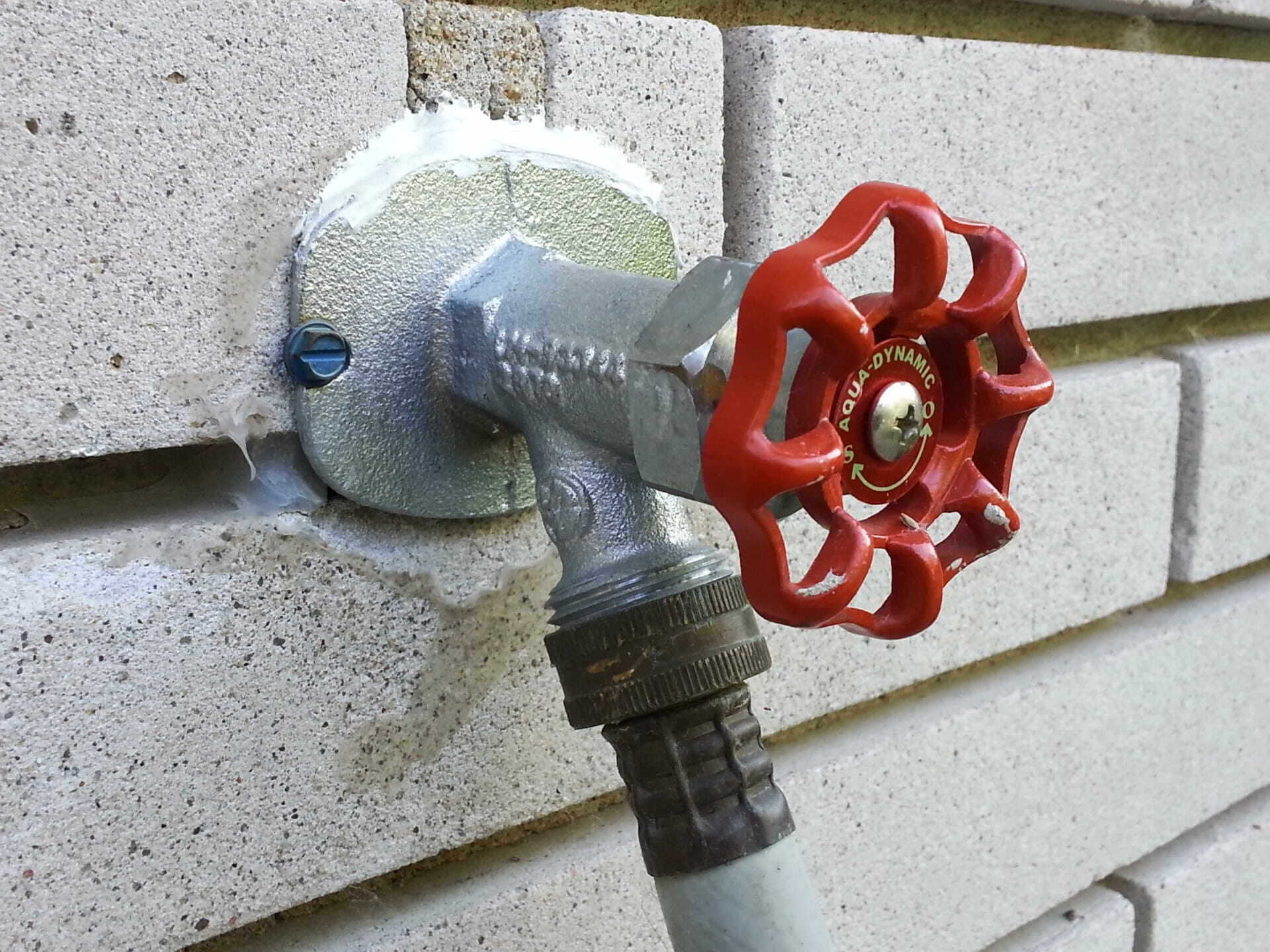
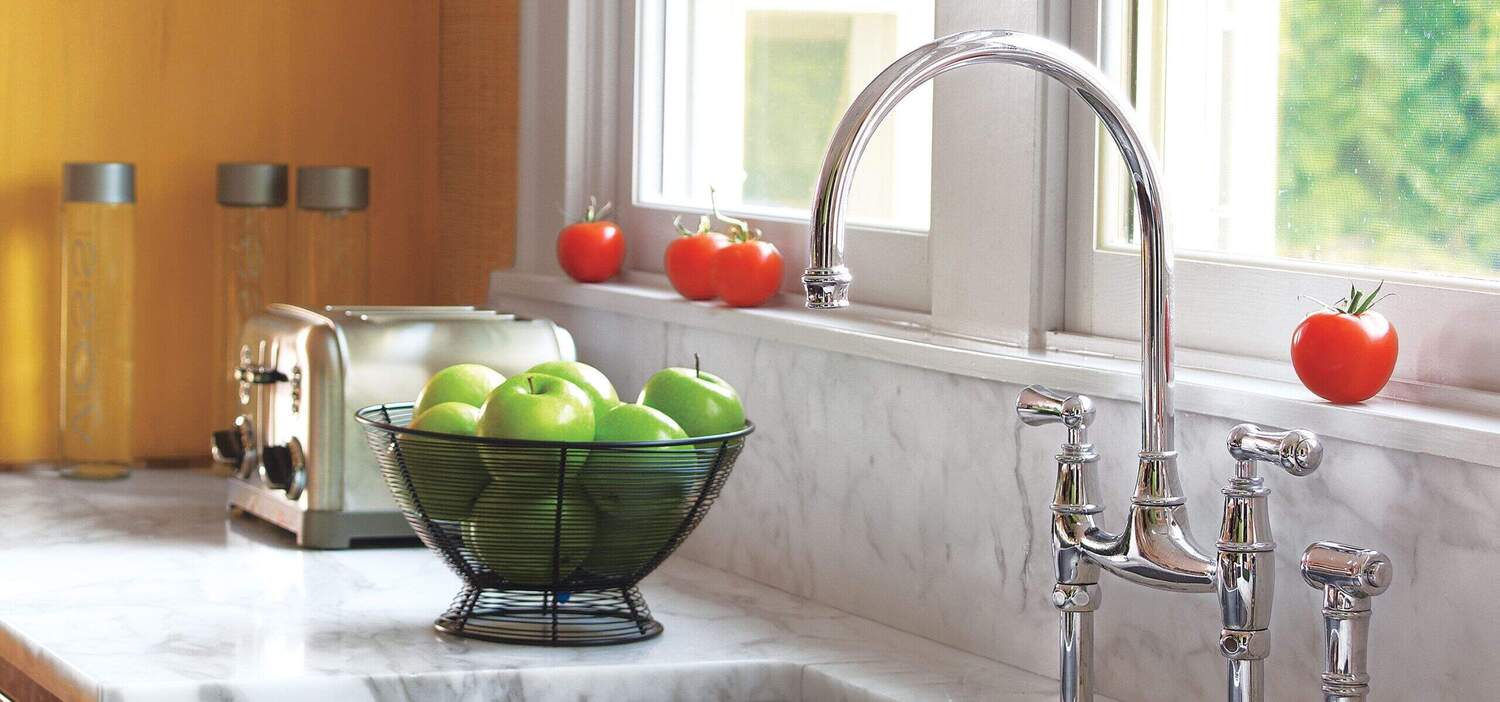
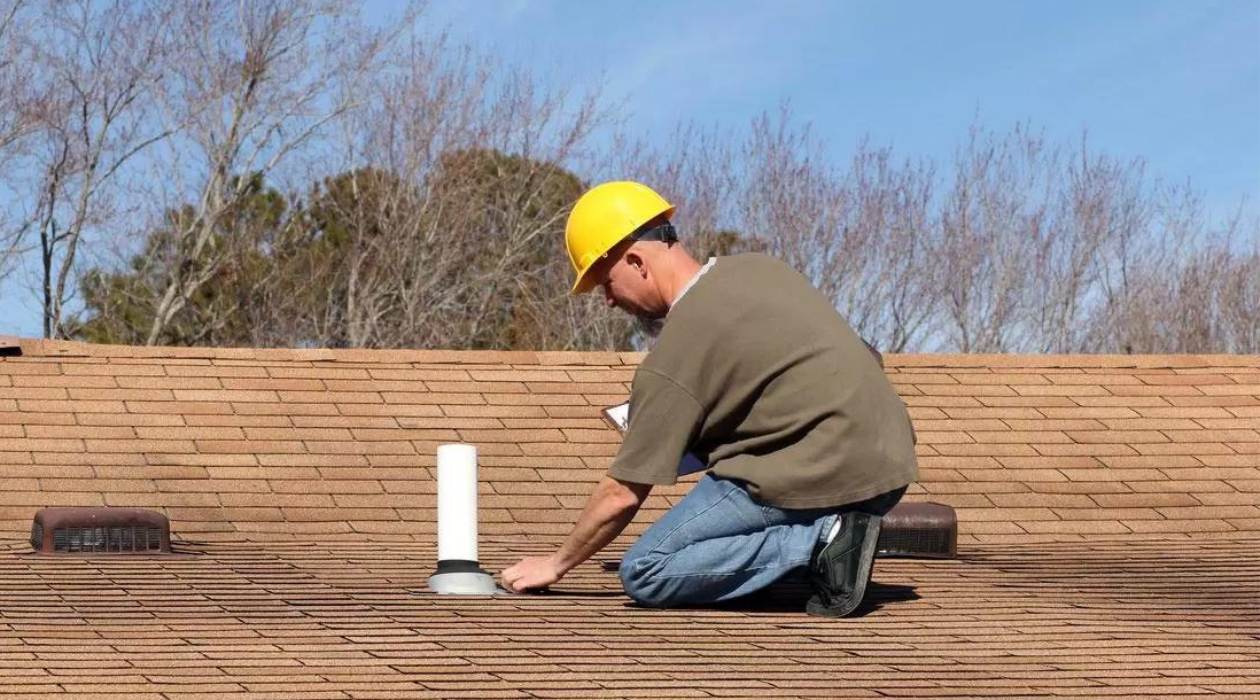
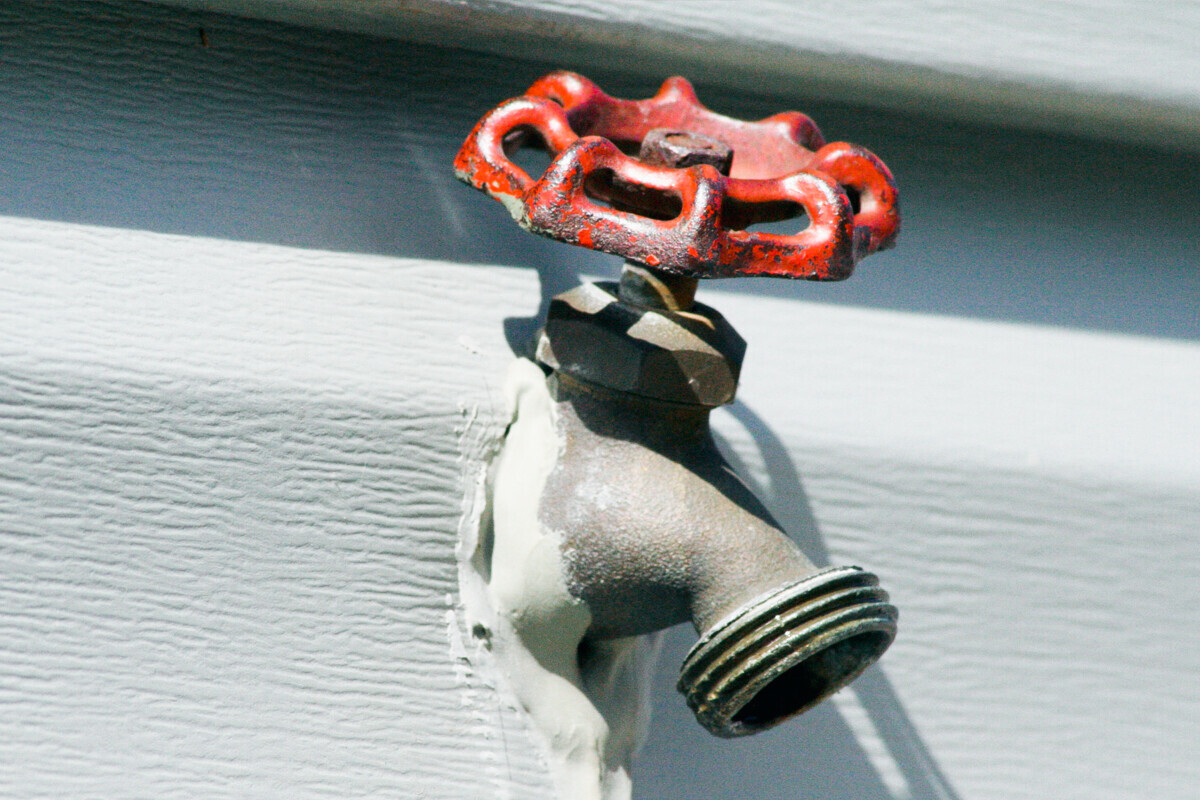
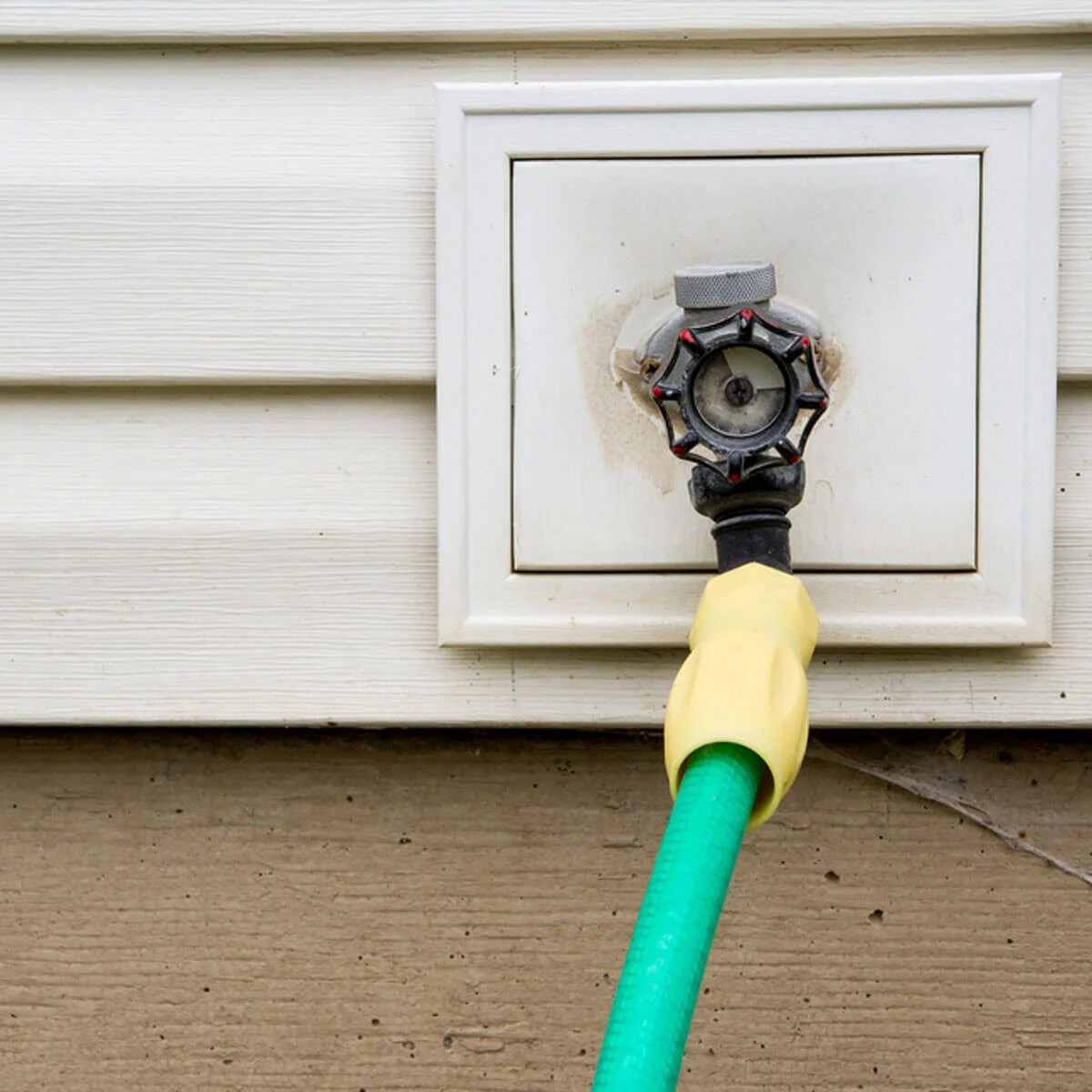

0 thoughts on “How Do Outdoor Faucets Work”